Moving to Mali was my third time moving to West Africa. As a result, I felt like I knew exactly what I should and should not pack. For the most part, I packed well but I’ve already realized some things I wish I had brought. This is the unconventional packing list for those who are moving to (or want to send care packages to people in) countries where there are no McDonalds.
1. Your pillow! Many countries have variations of our pillows. Some are about 1 feet wide, some are about 1 inch thick. Others are filled with rice beans, and others are made of Styrofoam. Believe me, it is worth it to smush your pillow into your knapsack and you will never regret it!
2. Ranch and Italian dressing packets. Seriously, it will make the five national dishes you eat weekly over and over again so much more appetizing and you’ll look forward to the days when you can cook on your own. Most importantly, you will make friends…FAST. Easy to pack and no weight at all.
3. A subscription to the Economist or Elle. (Wait until you get a PO Box).These are a couple of the only magazines that will deliver the magazine either weekly or monthly to your boonedock post office. Plus, many of the countries currently serving volunteers have tailors that make clothes in lieu of ready made clothes stores. It is great to have pictures of new trends that your tailor can replicate in the national country’s fabric!
4. A Skype phone. This is only if you have wi-fi or high speed Internet. Buy the phone on the Internet and make sure MAC users get one compatible. I bought a SkypeOut number which is basically a Chicago phone number…so when I hook up my skype phone to my computer, I have unlimited ANY U.S.A number for $4 a month. It’s sick.
5. Laptop cooler. Overheating is frequent. Most definitely pack a laptop cooler and keep it underneath your laptop at all times. (Also, don’t forget things like a keyboard and screen cover to protect laptop from dust and bugs entering).
6. iPod accessories. Including one that connects to FM transmitter radios. There is nothing better than playing your ipod in long car rides in the bush as well as in your hut or home!
7. Seasonings. Specifically…taco seasoning packets, Parmesan cheese, All purpose seasoning salt, dill, gravy mix, and anything else you enjoy.
8. SHEETS! I knew I should have packed these…but I didn’t. 100% cotton sheets here are costly, over a $100. The cheap sheets are from China and make you feel like you have bed bugs; lots of itching and scratching. I know it’s heavy, but do yourself a favor and bring a full size sheet set.
9. A photo flipbook. Forget about individual photos…Make yourself a flipbook on http://www.shutterfly.com or other photo networks and add photos of your family, your city, your home, (even rooms like kitchens are a big hit), friends, etc. You can look at this anytime as it is easy to transport but more importantly your friends abroad will love looking through this and asking questions.
10. DVD Television Series. You can only watch a movie so many times…but if you bring tv series, you can watch them over and over again. They usually 30 mins and just long enough to put you to sleep.
11. 220 volt hair straightener. In West Africa, women are notorious for dressing well and looking put together (hair, jewelery, henna, shoes, purse, etc) whenever they go out. Why would we do any less? This flat iron I got from http://www.folica.com works like a dream here, just as good as my CHI bac home. Just make sure you get the appropriate plug letter.
12. Bug tent from REI. HANDS DOWN, the best item I had in the Peace Corps. BUY IT NOW. It folds up into a small bag, and pops up within a minute. I used this a million times when traveling either at hotels or peoples homes. I just put a mattress inside, and can sleep wherever I want. Its usually to hot to sleep indoors so many people sleep on their roofs. However then you must find a way to hook up a mosquito net which undoubtedly will come undone at night.
13. Stickers. If you MUST bring something to pass out to kids and passerby (which I do not personally recommend unless you have developed relationships with people), then I would advise bringing stickers rather than candy or money. Light, cheap and come in packs of hundreds.
14. Hair Dye. You can always go local and henna your hair, making the outcome fire engine red. But if you plan to color your tresses, bring some boxes of dye with you.
15. Pens. Really. West Africa doesn’t have as big a selection of office supplies as your nearest Staples. Actually, most of West Africa has ONE kind of blue pen, ONE kind of red pen, and ONE kind of notebook. I miss my American college ruled paper and seamlessly flowing ink pens. Be prepared to work, and bring what you work with best.
For the most part, this list could also be a Peace Corps packing list (sauf the electrical appliances).
Do you have any other suggestions?
Click here to read my latest post about living in West Africa.
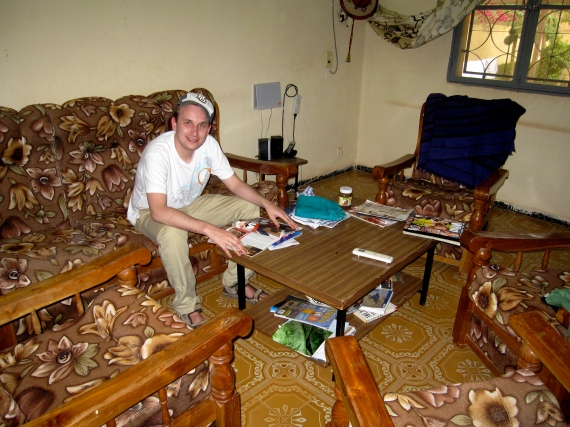


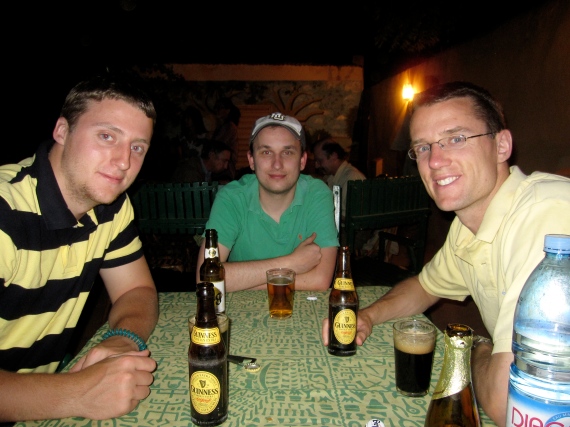

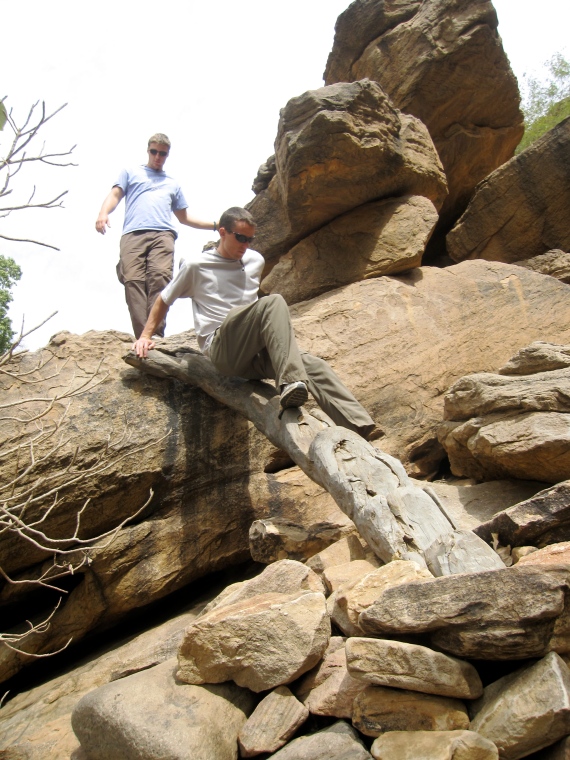





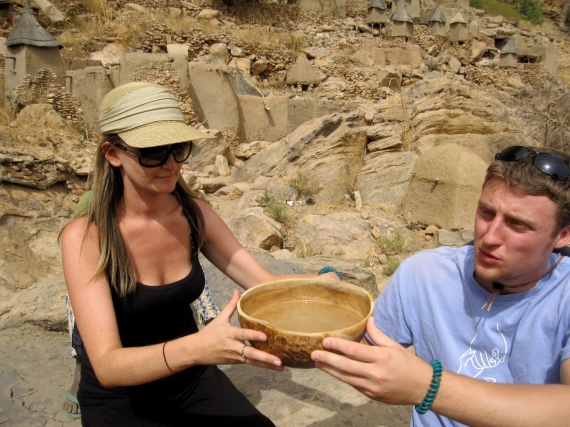
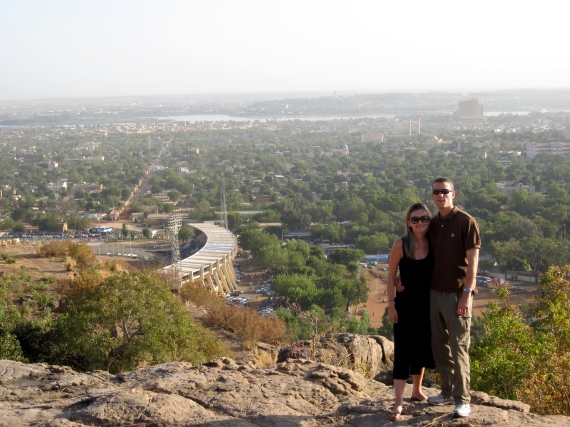
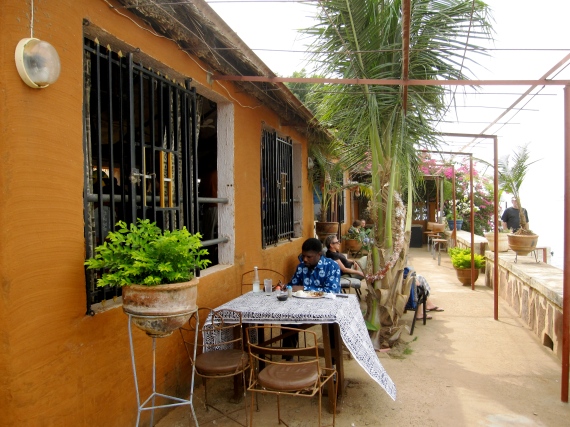



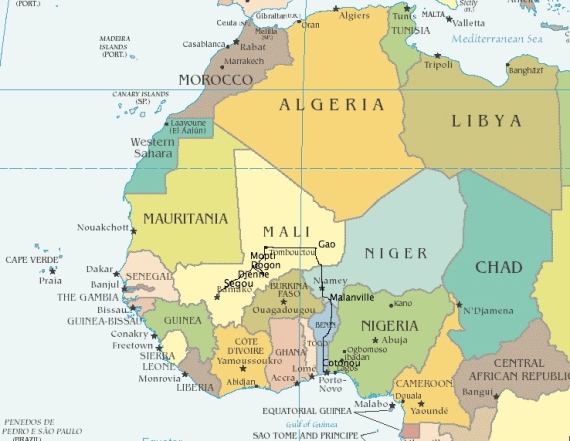











 Stumble It!
Stumble It!




